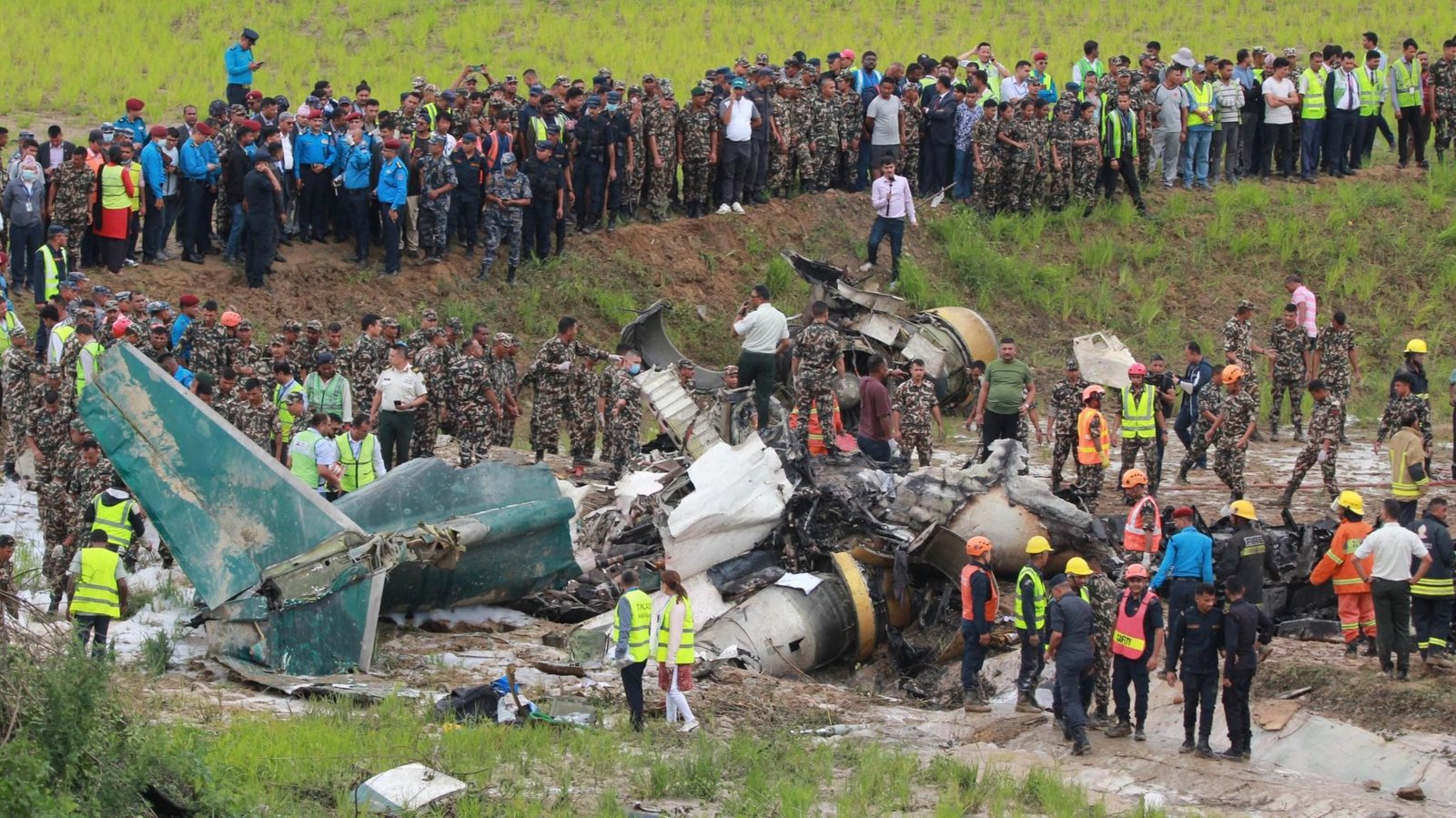Overview of Saurya Airlines Nepal Plane Crash
Saurya Airlines operates exclusively with Bombardier CRJ 200 jets, as stated on their website. These jets are designed for regional flights and are known for their efficiency and reliability. Despite the airline’s efforts to maintain a good standard of service, the broader context of Nepal’s aviation sector presents significant challenges, particularly highlighted by incidents like the recent Nepal plane crash.
Challenges in Nepal’s Aviation Sector
In recent years, Nepal’s aviation sector has experienced growth, with more airlines entering the market and increasing connectivity within the country and to international destinations.
However, this expansion has been accompanied by persistent issues related to safety standards, training, and maintenance. These problems have cast a shadow over the sector’s development, raising concerns about the overall safety and reliability of air travel in Nepal, as evidenced by the frequent Nepal plane crashes.
Incident Description
Footage from the recent incident involving a Saurya Airlines flight depicts a harrowing scene, another tragic instance of a Nepal plane crash. The plane is seen tilting above the runway before it crashes into the ground, erupting into flames. The aircraft quickly became engulfed in fire and smoke, creating a chaotic and dangerous situation.
Photos from the aftermath of the Nepal plane crash reveal rescue workers navigating through the wreckage, with large sections of the plane completely blackened and charred. Some images even show parts of the aircraft inside an air freight container, illustrating the violent impact of the crash. Emergency responders, including fire engines and ambulances, were dispatched to the scene immediately after the incident, highlighting the urgency of the situation.
The Himalayan country, home to eight of the world’s 14 highest mountains, including Everest, has a record of air accidents. Its weather can change suddenly, and airstrips are typically sited in difficult-to-reach, mountainous areas. Aircraft with 19 seats or fewer are more likely to have accidents due to these difficulties, according to a 2019 safety report from the Civil Aviation Authority.
EU Ban and Safety Concerns
The European Union has imposed a blanket ban on all Nepali carriers from its airspace due to ongoing safety concerns. This ban underscores the serious issues facing Nepal’s aviation industry, including poor safety standards and insufficient regulatory oversight, further accentuated by incidents like the recent Nepal plane crash. The challenging geography of Nepal, with high-altitude runways and mountainous terrain, adds another layer of difficulty for pilots. The weather in these regions is notoriously unpredictable, further complicating aviation operations and increasing the risk of accidents, leading to more frequent Nepal plane crashes.
Historical Context of Aviation Disasters in Nepal
Nepal has a troubling history of aviation disasters, exacerbated by its difficult flying conditions. The country’s last major commercial flight disaster occurred in January of the previous year when a Yeti Airlines plane crashed while landing in Pokhara, another fatal Nepal plane crash. All 72 people on board lost their lives, marking the deadliest aviation accident in Nepal since 1992.
In 1992, a Pakistan International Airlines flight crashed on approach to Kathmandu, resulting in the deaths of all 167 passengers and crew, adding to the list of tragic Nepal plane crashes. Later that same year, a Thai Airways flight also crashed near Kathmandu, killing 113 people. These tragic incidents highlight the ongoing challenges and risks associated with air travel in Nepal, frequently resulting in devastating Nepal plane crashes.
Conclusion
The recent incident involving Saurya Airlines is a stark reminder of the persistent safety issues plaguing Nepal’s aviation sector, frequently culminating in Nepal plane crashes. Despite efforts to expand and modernize, the industry continues to struggle with fundamental problems that jeopardize the safety of passengers and crew. Addressing these challenges requires a concerted effort from the government, regulatory bodies, and airlines to improve safety standards, training, and maintenance practices. Only then can Nepal hope to mitigate the risks and ensure safer skies for all, reducing the occurrence of tragic Nepal plane crashes.
